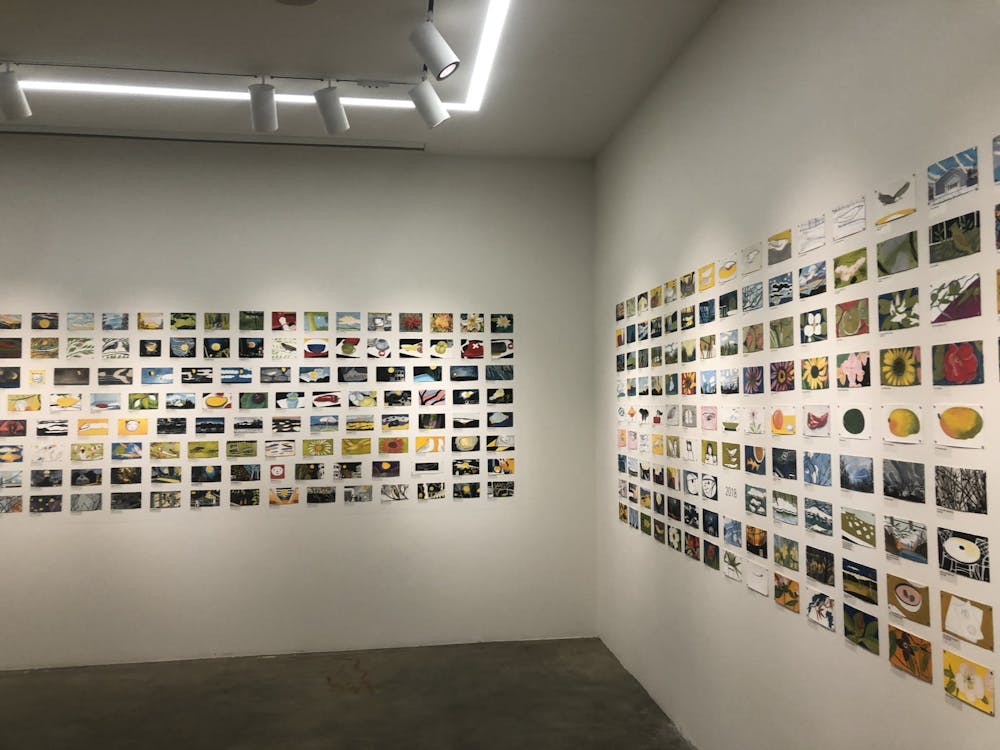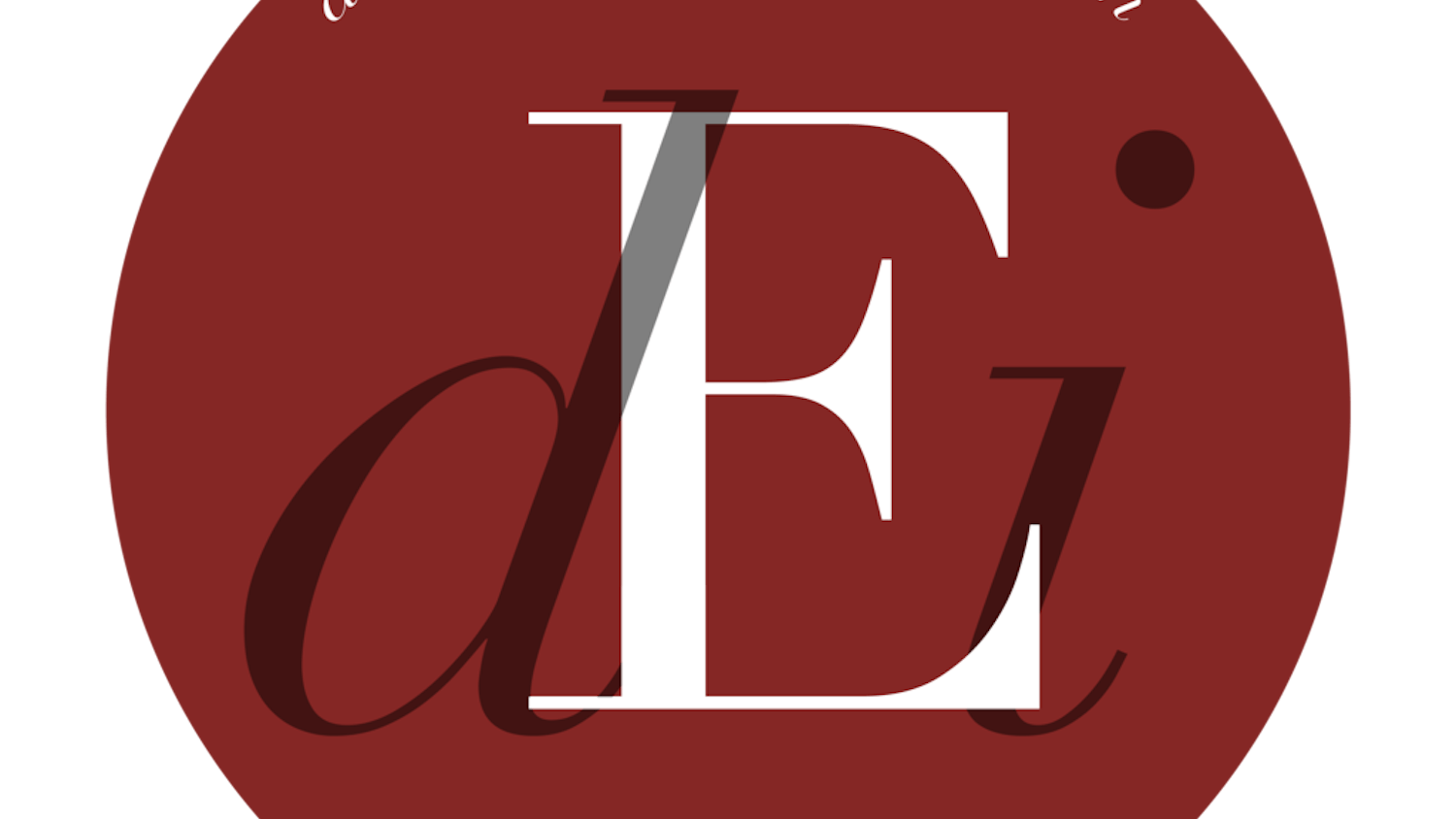It had been a long time since Katzen head curator Jack Rasmussen and undergraduate gallery attendant Eleanor Dennehy had seen a student visitor.
It was only on May 11 that the American University museum opened its doors and started welcoming visitors again after their abrupt close in March 2020, and both were excited to share what the museum space has to offer to the AU community in this new post-pandemic landscape.
Rasmussen made clear in our first interaction that local artists are central to the AU Museum; one of the main purposes of the space is for students to interact with the work of their collegiate community. There’s a rich history of art and culture that the AU Museum seeks to spotlight, contributing to the reclamation of space and voice which had previously been muted in scholarship.
This mission was on full display within the Alper Initiative for Washington Art, which features “This Is a True Picture of How It Was” by D.C. artist Raya Bodnarchuk. The exhibit chronicles Bodnarchuk’s personal triumph following her mesothelioma diagnosis as she decides to do something she loves each day by steadily painting parts of her community. The walls of the exhibit are lined with Post-It Note sized pieces of paper, evolving from 2013 to 2019 into larger pieces of paper, resulting in 1,926 paintings in total that are lined against the gallery walls.
The paintings are upheld with magnets, which elicits a refrigerator adorned with homemade art, something which most of us can recall having in our childhood home. It’s a collection of moments from Bodnarchuk’s everyday life and community — some more complete than others — which will certainly resonate with the viewer in this particular time, as many of us have attempted with varying success passion projects of our own. As we all celebrate our personal story of triumph in having adapted our way of living this past year, we can visit the AU museum and partake in Bodnarchuk’s rejoicing as well.
“The Long Sixties” is the next exhibit, a favorite of Dennehy and Rasmussen’s. In this exhibit, Rasmussen exposes the illusion of curatorial objectivity during the 1960s. Featuring art from 1957-1982 and narration by Rasmussen, this exhibit provides a more inclusive view of the era than what was actually on display in galleries during these years: white artists whose work adhered to American abstract expressionism, like Jackson Pollock.
Rasmussen said that he realized that the AU Museum’s two collections — the Watkins and Corcoran Legacy collections — clung to this tired norm. Rasmussen sought out galleries across D.C. to form his collection, an approach that, despite being overlooked by curators for many years, is starting to become common practice. By drawing outside of the collection he was able to highlight the contributions of more women and BIPOC artists. While acknowledging how it is not a complete picture, he said that the exhibit does shine a light on art and artists whose work had previously been shadowed.
Within “The Long Sixties,” realist art from the era is put alongside more traditional American abstract expressionism, inserting these works into commentary that it’s typically excluded from. Look out for the works of Joseph Shannon, Carol Brown Goldberg and Fred Folsom, which all contain figurative representations of the disenfranchised victims of American society. Forcing a visceral confrontation between the viewer and canvas, allowing no room for the overall message to be lost, women and BIPOC artists are just as much a part of the artistic narrative.
“Peace Corps at 60,” located on the second floor of the museum, is the final exhibit. Rasmussen said how the space where the retrospective is held serves as a direct link to AU, like the previous exhibit: “Plans To Prosper You.” The current showcase certainly has significant connections as the Peace Corps started on AU’s campus 60 years ago and with the strong tradition of AU students becoming Peace Corps volunteers. The exhibit features testimonials from previous students from the School of International Service whose reflections contain critiques alongside their praises.
After its prolonged closure, the museum's renewed effort as a resource for students is on full display. I recommend every student visit and witness the many connections between the art on display and the themes discussed within AU classrooms.
The AU Museum is open Tuesday- Sunday, 11 a.m. to 4 p.m. Reserve your timed tickets here.





